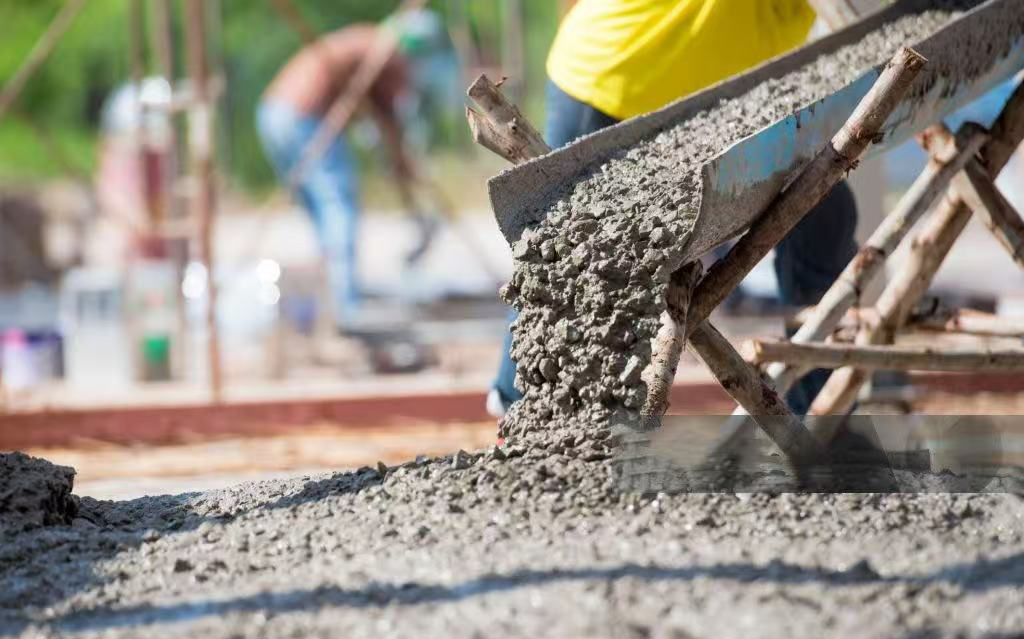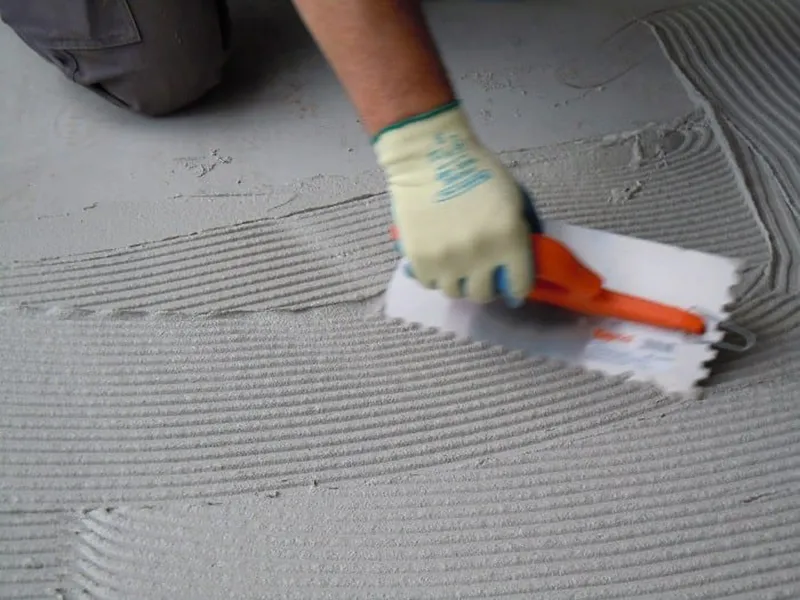I.Τι είναι ο υπερρευστοποιητής; (Έννοια υπερρευστοποιητή)
Ο υπερρευστοποιητής είναι ένα χημικό πρόσμικτο που χρησιμοποιείται για:
Βελτιώστε τη ρευστότητα του σκυροδέματος, μειώστε την περιεκτικότητα σε νερό διατηρώντας την αντοχή και εξασφαλίστε την εργασιμότητα κατά τη μεταφορά και την τοποθέτηση.
Με απλά λόγια, η έννοια του πρόσθετου υπερρευστοποιητή είναι: πιο εργάσιμο, ισχυρότερο σκυρόδεμα με λιγότερο νερό.
Υπάρχουν διάφοροι τύποι υπερρευστοποιητών:
Σουλφονικά ναφθαλίνη (δεύτερης γενιάς).
Με βάση τη μελαμίνη.
Πολυκαρβοξυλικός υπερρευστοποιητής (PCE) - ο πιο πρόσφατος και καλύτερος υπερρευστοποιητής για σκυρόδεμα.
Σε σύγκριση με τις παλαιότερες γενιές, ο πολυκαρβοξυλικός υπερρευστοποιητής προσφέρει:
Υψηλότερη μείωση του νερού (έως 35%).
Μεγαλύτερη διατήρηση της πτώσης.
Εξαιρετική συμβατότητα με τα σύγχρονα σχέδια μίγματος.
Αλλά για να ξεκλειδώσετε αυτά τα οφέλη, η διατύπωση του PCE πρέπει να είναι προσαρμοσμένη στις ανάγκες σας.
II.Γιατί η σύνθεση του πρόσμικτου PCE πρέπει να προσαρμοστεί
Η απόδοση ενός μίγματος πολυκαρβοξυλικού αιθέρα εξαρτάται από τη μοριακή δομή του - συγκεκριμένα:
Μήκος πλευρικής αλυσίδας (επηρεάζει τη διατήρηση της εργασιμότητας).
Πυκνότητα φορτίου της ραχοκοκαλιάς (επηρεάζει τη διασπορά).
Τύπος PEG (επηρεάζει τη συμβατότητα με το τσιμέντο).
Περιεκτικότητα σε στερεά (επηρεάζει τη δοσολογία και τη διάρκεια ζωής).
Μια καλή σύνθεση πρόσμικτου PCE δεν είναι "ένα μέγεθος που ταιριάζει σε όλους". Πρέπει να είναι:
Προσαρμοσμένο στον τύπο τσιμέντου.
Συντονισμένο για συγκεκριμένες ποιότητες σκυροδέματος (C30-C60).
Ευθυγραμμισμένη με το χρόνο, τη ροή και τη δύναμή σας.
Για παράδειγμα, η σύνθεση PCE για έτοιμο σκυρόδεμα θα πρέπει να εστιάζει στην παρατεταμένη διατήρηση της κάθισης, ενώ τα προκατασκευασμένα σκευάσματα χρειάζονται γρήγορη ανάπτυξη αντοχής.

III.Συνήθεις εφαρμογές & πώς να διαμορφώσετε ανάλογα
1. Έτοιμο σκυρόδεμα
Χρήση υπερρευστοποιητή στο σκυρόδεμα για μεταφορά και άντληση.
Χρειάζεται μακρά διατήρηση της μάζας και σταθερότητα στη θερμοκρασία.
Συνιστάται: PCE μεσαίας έως μακράς πλευρικής αλυσίδας, ανάμειξη επιβραδυντών.
Τυπική δοσολογία υπερρευστοποιητή στο σκυρόδεμα: 0,2-0,35% του βάρους του συνδετικού υλικού.
2. Προκατασκευασμένο σκυρόδεμα
Η γρήγορη αντοχή και η απομάκρυνση είναι το κλειδί.
Χρησιμοποιήστε PCE χαμηλού μοριακού βάρους με ισχυρή αρχική διασπορά.
Αναμείξτε με επιταχυντή εάν απαιτείται.
Βοηθά στη μείωση του χρόνου κύκλου και στην αύξηση του κύκλου εργασιών των καλουπιών.
3. Αυτοσυμπυκνούμενο σκυρόδεμα (SCC)
Υψηλή ροή, χωρίς κραδασμούς.
PCE με μεγάλες πλευρικές αλυσίδες για ανώτερη διασπορά.
Προσθέστε παράγοντα τροποποίησης ιξώδους (VMA) για τον έλεγχο του διαχωρισμού.
Λεπτομερής ρύθμιση της διαβάθμισης των σωματιδίων και της αναλογίας νερού-σκόνης.
4. Σκυρόδεμα εξαιρετικά υψηλής απόδοσης (UHPC)
Πυκνή, ανθεκτική και εξαιρετικά χαμηλή αναλογία W/C.
Απαιτεί πολυκαρβοξυλικά με βάση MPEG/TPEG υψηλής καθαρότητας.
Προτιμάται περιεκτικότητα σε στερεά >40%.
Σύνθεση ακριβείας για την αποφυγή ζελατινοποίησης ή πρόωρης πήξης.
Κάθε ένα από αυτά απαιτεί ένα προσαρμοσμένο πρόσμικτο PCE για σκυρόδεμα, με βάση τη σύνθεση του μίγματος και τις απαιτήσεις απόδοσης.

IV.Βελτιστοποίηση δοσολογίας PCE
Πολλοί παραγωγοί σκυροδέματος ρωτούν: "Ποια είναι η βέλτιστη ποσότητα υπερρευστοποιητή που πρέπει να χρησιμοποιείται στο σκυρόδεμα;"
Η απάντηση δεν είναι καθολική.
0.25-0.35% για κανονική απόδοση.
0.35-0.45% για μίγματα υψηλής ροής.
0.45% μόνο σε κατάλληλες εργαστηριακές δοκιμές.
Επαγγελματικές συστάσεις: Πάντα να δοκιμάζετε σε τοπικές συνθήκες τσιμέντου, άμμου και νερού. Η λεπτότητα του τσιμέντου και η αλκαλικότητα μπορούν να επηρεάσουν σοβαρά την απόδοση του PCE.
V.PCE Συμβατότητα με άλλα πρόσμικτα
Επιβραδυντές ή επιταχυντές (που χρησιμοποιούνται σε ακραίες θερμοκρασίες).
Παράγοντες συγκράτησης αέρα (για αντοχή σε ψύξη-απόψυξη).
Μειωτές συρρίκνωσης ή ενισχύσεις ινών.
Πάντα να δοκιμάζετε σε παρτίδες εργαστηρίου πριν από την παραγωγή πλήρους κλίμακας. Μη συμβατά μείγματα μπορεί να προκαλέσουν ταχεία απώλεια κάθισης, καθυστερημένη πήξη ή απροσδόκητη δυσκαμψία.
VI.Συνεργασία για προσαρμοσμένη σύνθεση και προμήθεια PCE
Η επιλογή του σωστού συνεργάτη PCE σας δίνει περισσότερα από ένα απλό χημικό - σας δίνει συνέπεια απόδοσης, μειωμένες καταγγελίες και μακροπρόθεσμη εξοικονόμηση κόστους.
Στην TENESSY, ειδικευόμαστε σε:
Διαμόρφωση προσμίκτων PCE για συγκεκριμένους τύπους σκυροδέματος.
Παροχή πρώτων υλών με τεχνική υποστήριξη.
Προσομοίωση των σχεδίων των μιγμάτων σας στο εργαστήριό μας.
Προσφέροντας δοκιμές δειγμάτων και βελτιστοποίηση σκευασμάτων.
Επικοινωνήστε μαζί μας για εξατομικευμένες λύσεις PCE.
Αν θέλετε να βελτιώσετε την εργασιμότητα, την αντοχή ή την αποδοτικότητα κόστους, αφήστε μας να σας βοηθήσουμε να δημιουργήσετε ένα σκεύασμα πρόσμικτου PCE που είναι κατασκευασμένο για το έργο σας.













